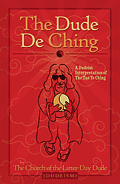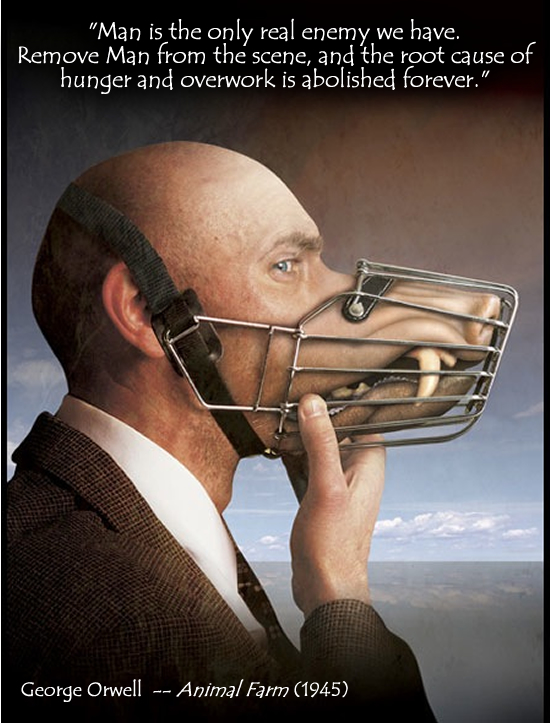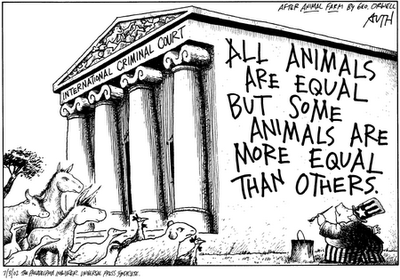Republished by Blog Post Promoter
“I took an elective course just for the (bleep) of it. It was called Intimate Interpretations of Einstein’s Unified Field Theory. The instructor was a former room-mate of Al Einstein from when Al worked in the patent office in Switzerland from 1902 to 1909. His name was Professor Hans Schlongholder. This is how he explained Einstein’s theory to our class in his cheesy, Swiss accent:
“The universe, or any other relative reality, is like a group of people, each of whom is blindfolded. Each person is feeling a different part of an elephant. Each person describes the part of the elephant he feels. Al’s theory says that if everyone compares what they feel and they all agree on a collective feeling of the elephant, then they will all have an accurate picture of the whole elephant.
However, Al was never really quite sure that the picture of the elephant we were getting was of the hole, or the trunk. It all depends on which end of the elephant one is feeling and how fast he is traveling while feeling it, relative to the speed of the elephant itself and how the elephant feels about being felt at the time”.
Transcendentally speaking, in order to understand any universe one must look at the word itself: UNIVERSE. Basically, it’s made up of two separate words, “univ” and “erse.” Does anyone understand what these words really mean? No. So, is it any mystery why the mysteries of the universe have never been solved?” — Excerpt from THE BIG BLEEP by Lawrence R. Spencer









